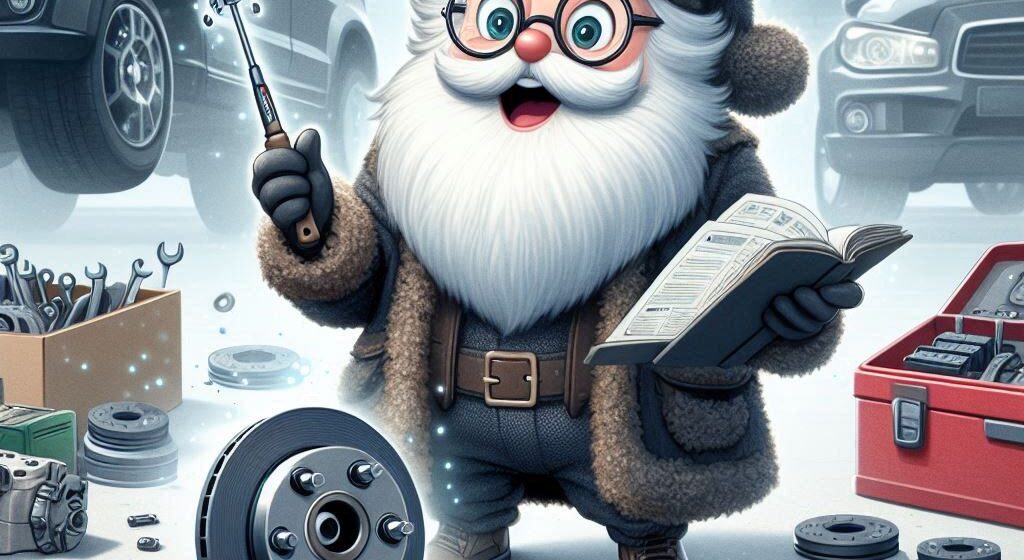Brake pads are a crucial component of your car’s braking system. They provide the friction necessary to slow down and stop your vehicle. Knowing when to replace them is essential for maintaining your car’s safety and performance. But how often should you replace your brake pads? The answer can vary based on several factors.

Average Lifespan of Brake Pads
On average, brake pads should be replaced every 30,000 to 70,000 miles. However, this is a broad range, and the exact lifespan of your brake pads can depend on various factors, including:
- Driving Habits:
- Frequent Braking: If you often drive in stop-and-go traffic or have a habit of hard braking, your brake pads will wear out faster.
- Highway Driving: Conversely, if you do a lot of highway driving, where you brake less frequently, your brake pads may last longer.
- Type of Brake Pads:
- Organic Brake Pads: Generally have the shortest lifespan but are the most affordable. They are made from materials like glass, rubber, and Kevlar.
- Semi-Metallic Brake Pads: Offer a good balance between performance and longevity but can wear down the rotors more quickly.
- Ceramic Brake Pads: Typically last the longest and perform well but are more expensive.
- Vehicle Type and Weight: Heavier vehicles, like trucks and SUVs, put more stress on brake pads than lighter vehicles, leading to faster wear.
- Driving Environment:
- Urban Areas: Frequent stops and starts in city driving can lead to quicker brake pad wear.
- Rural Areas: Driving in less congested areas may result in less frequent braking and longer-lasting brake pads.
Signs That It’s Time to Replace Your Brake Pads
Even if you’re keeping track of your mileage, it’s essential to be aware of the signs that indicate your brake pads need replacement:
- Squeaking or Squealing Noise: A high-pitched noise when you apply the brakes is often a sign that the brake pads are worn and need replacing.
- Grinding Sound: If you hear a grinding noise, it means the brake pads are completely worn out, and the metal parts are rubbing against each other. This can cause significant damage to your braking system.
- Vibration When Braking: If you feel a vibration or pulsation when you brake, it may indicate that the brake pads are unevenly worn.
- Longer Stopping Distances: If it takes longer for your car to stop, it’s a sign that your brake pads may be worn out.
- Thin Brake Pads: You can visually inspect your brake pads through the wheel spokes. If they appear to be less than 1/4 inch thick, it’s time to replace them.
How to Extend the Life of Your Brake Pads
While brake pads will inevitably wear out, there are ways to extend their lifespan:
- Drive Smoothly: Avoid sudden stops and hard braking whenever possible.
- Lighten the Load: Remove unnecessary weight from your vehicle.
- Use Engine Braking: In manual cars, use engine braking to slow down rather than relying solely on the brake pedal.
- Regular Maintenance: Keep up with regular brake maintenance and inspections to catch issues early.

Conclusion
Replacing your brake pads is an essential part of car maintenance that shouldn’t be overlooked. By understanding the factors that affect brake pad wear and paying attention to the signs of wear, you can ensure your vehicle remains safe and performs optimally. Always consult your vehicle’s manual and, when in doubt, seek advice from a professional mechanic to determine the best maintenance schedule for your specific car.
https://mech81parts.com/shop/?ca=brakes&ajax=true

